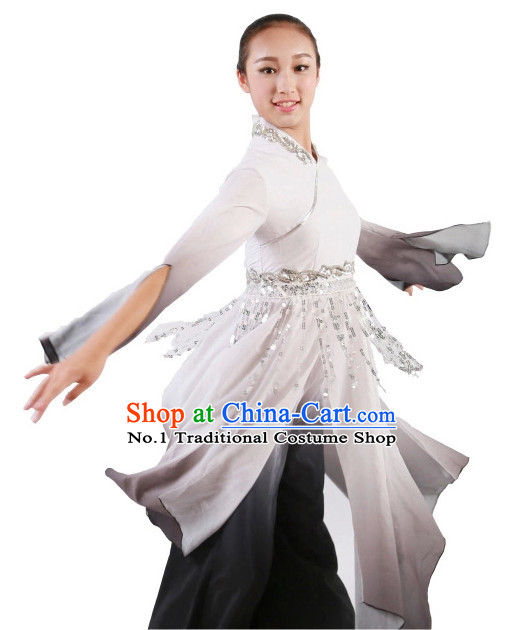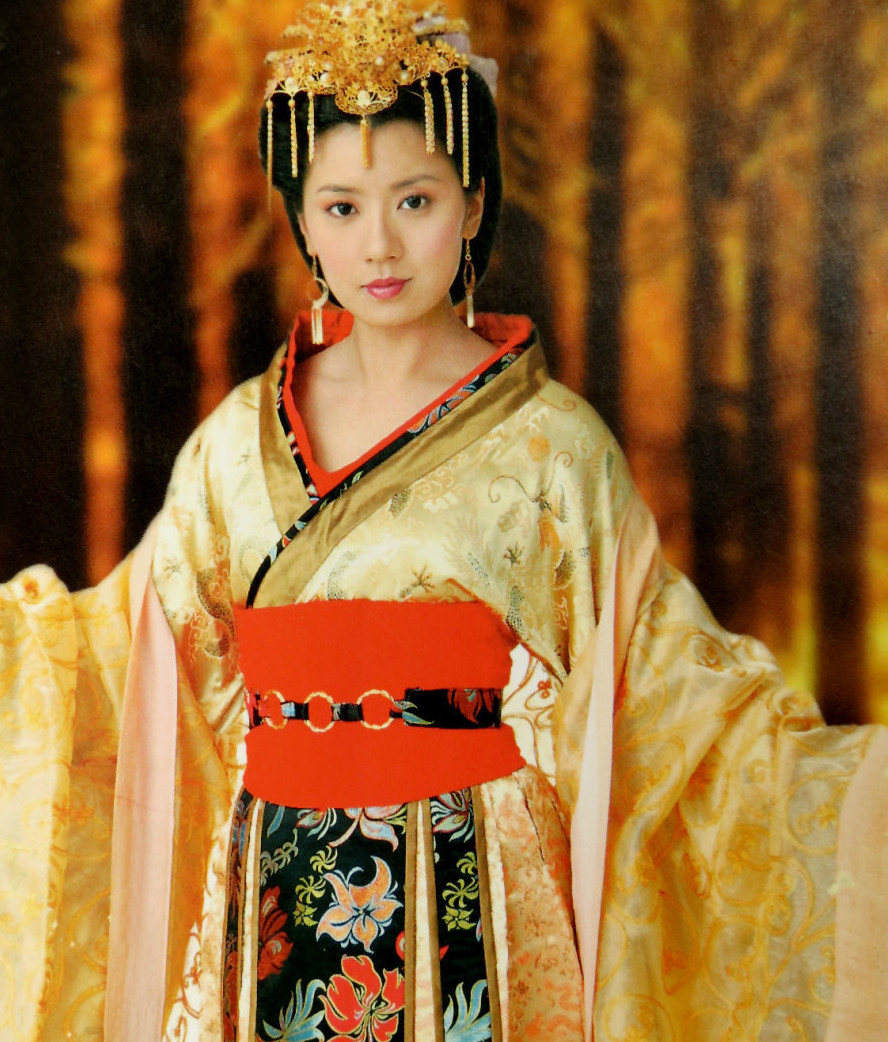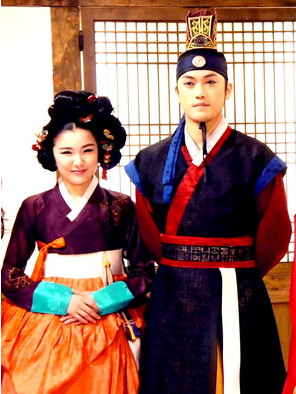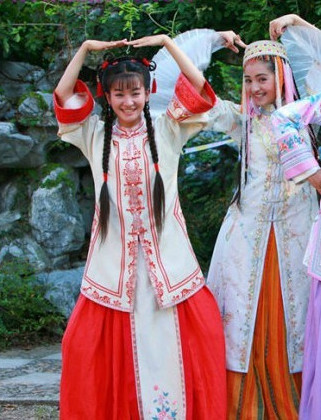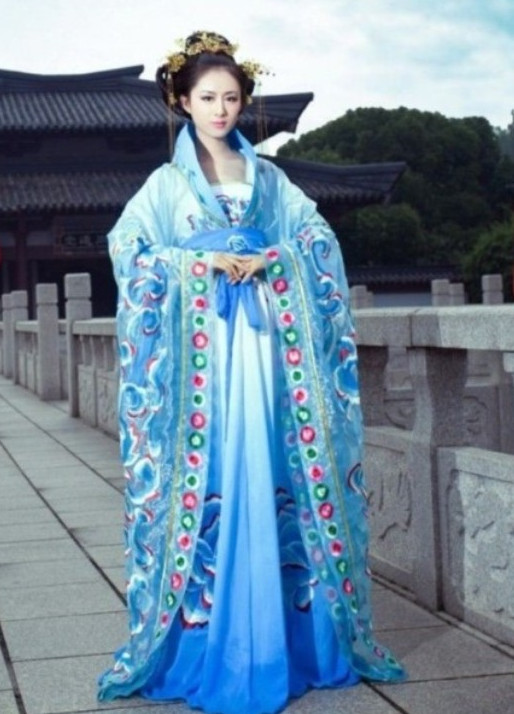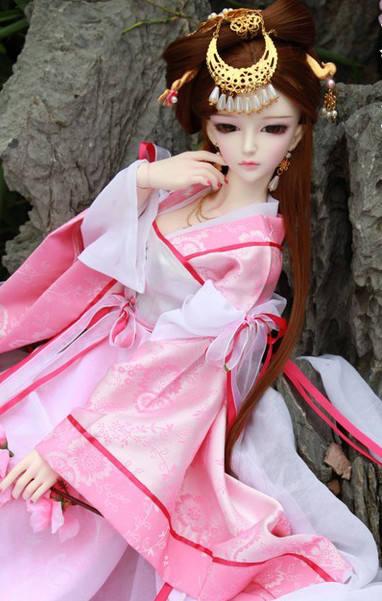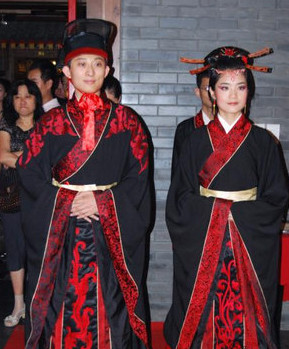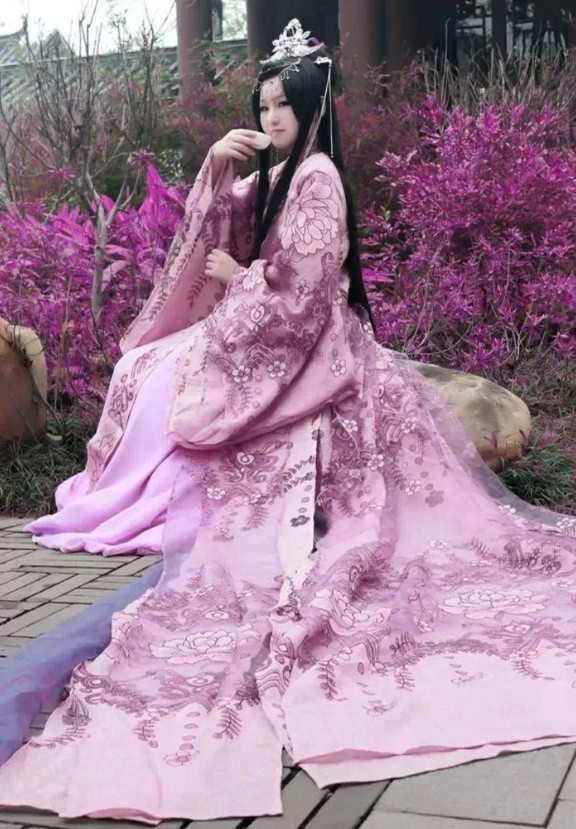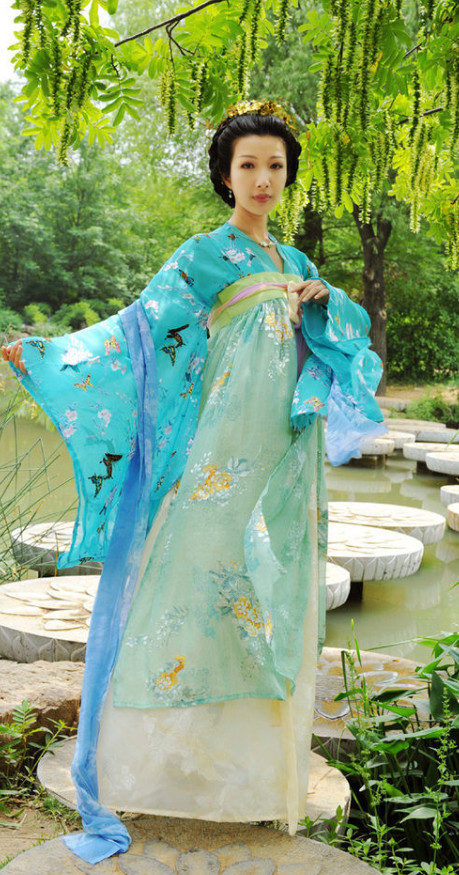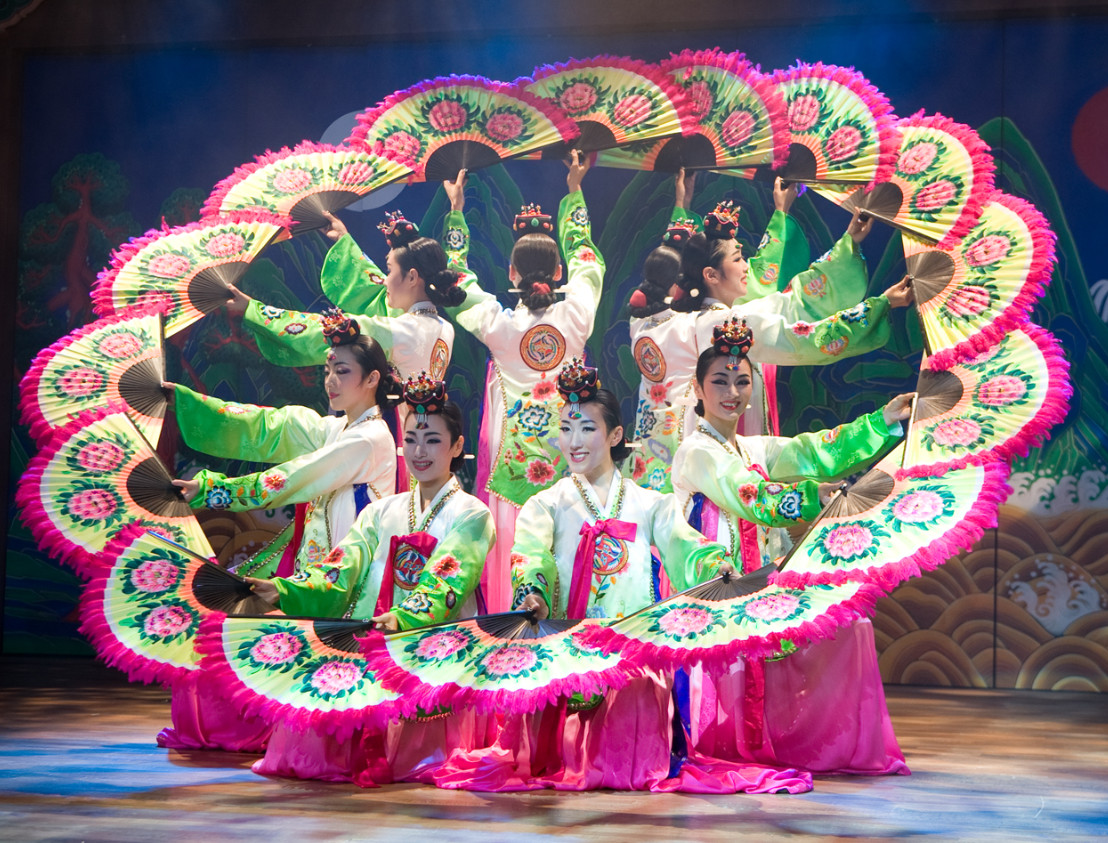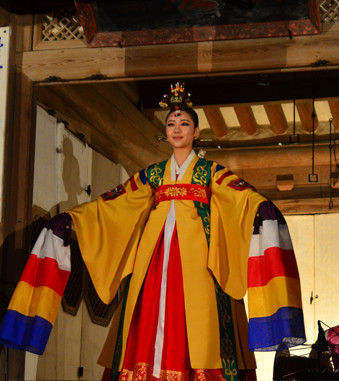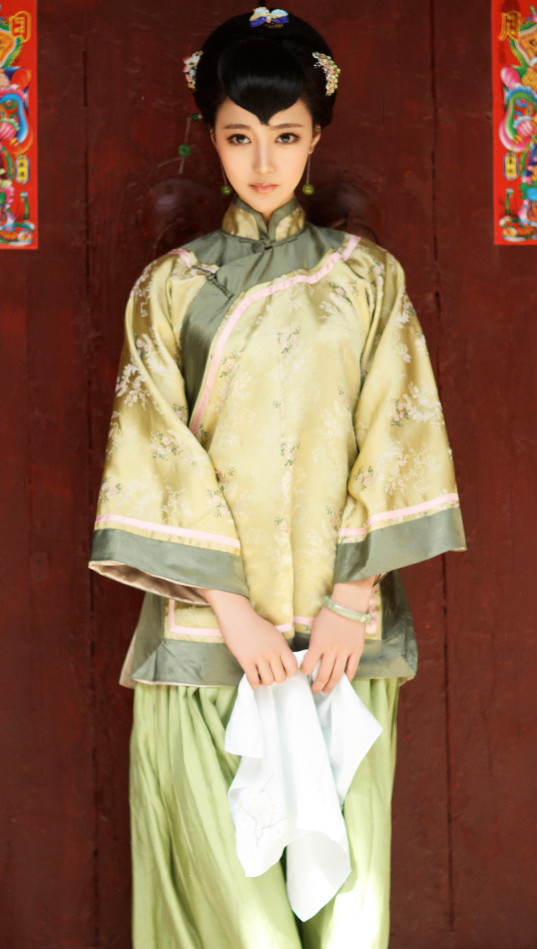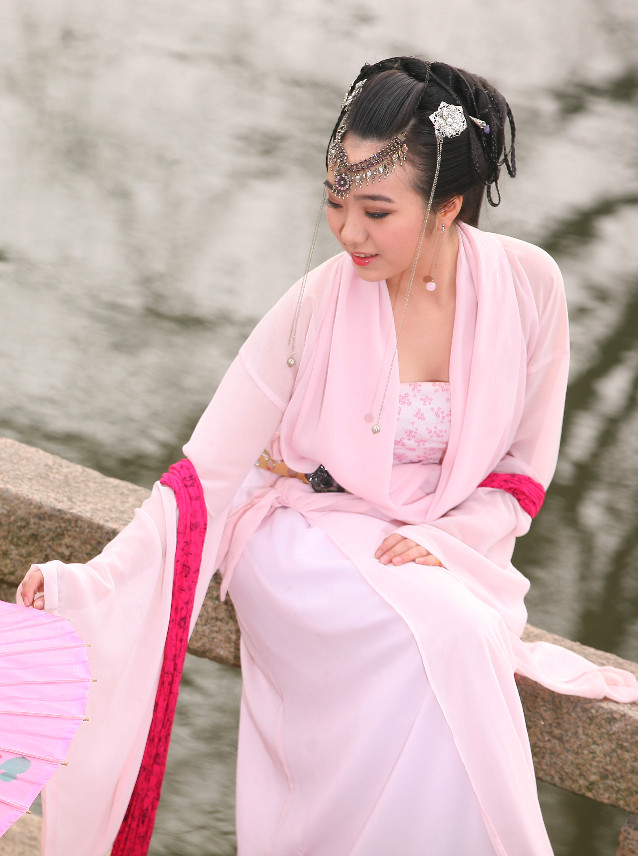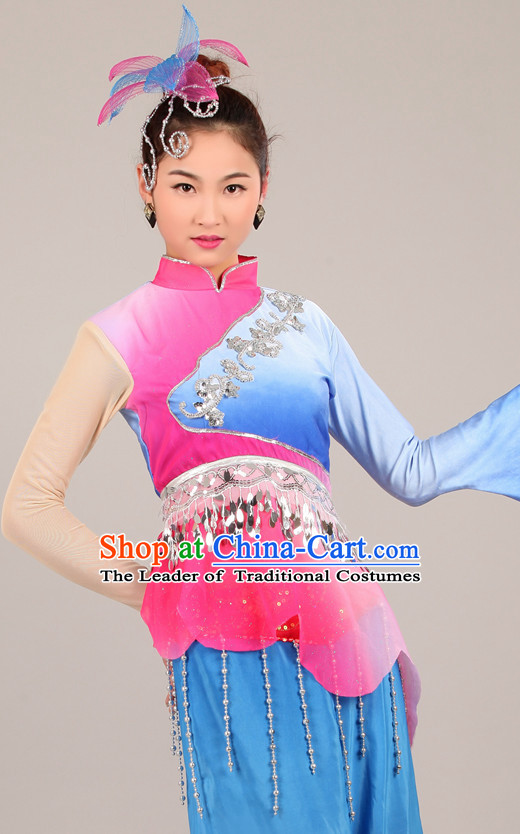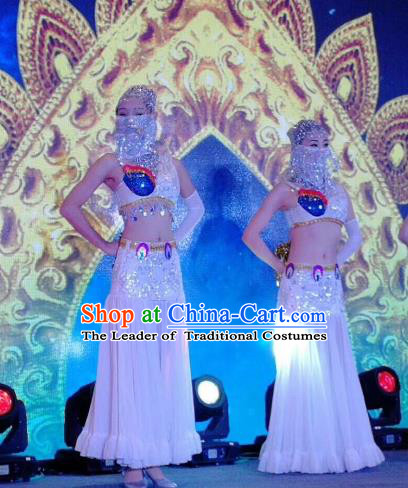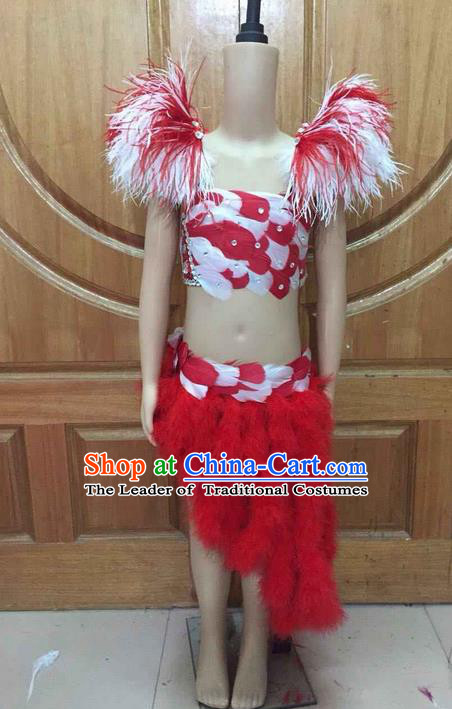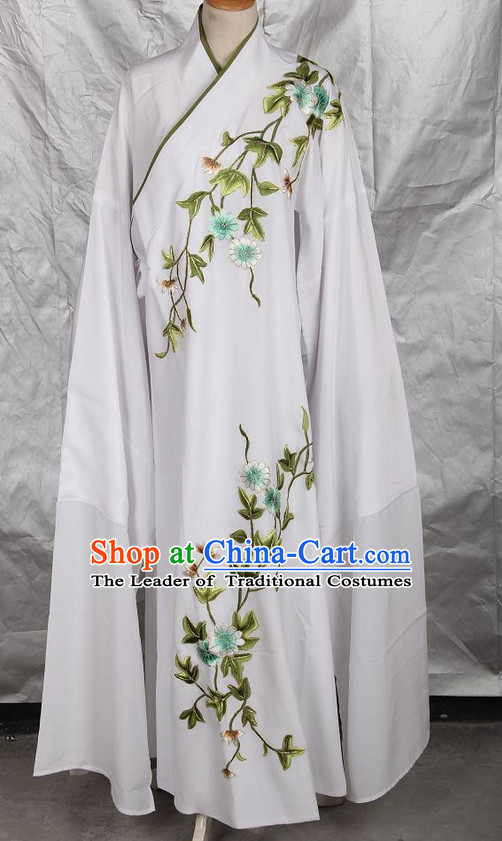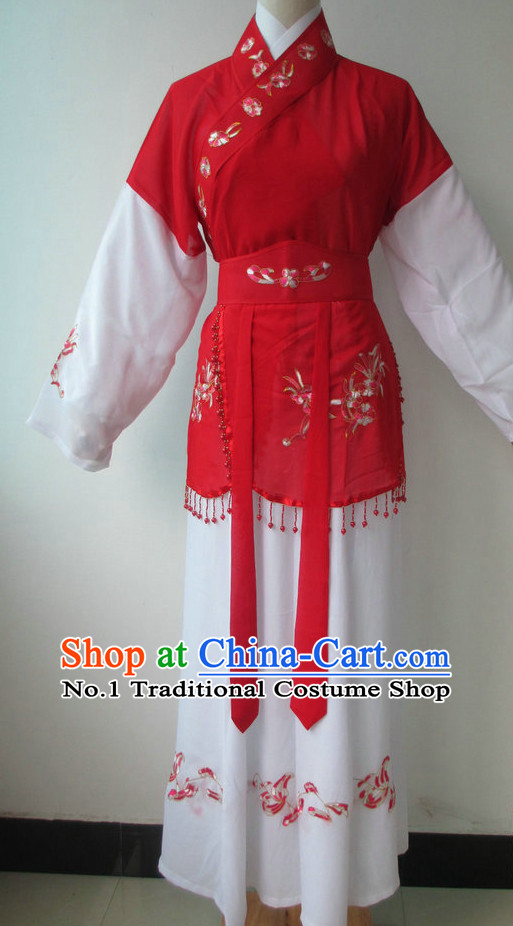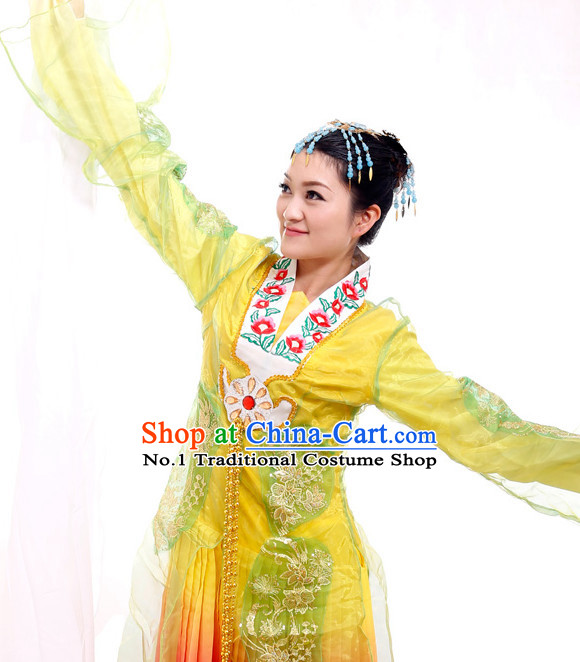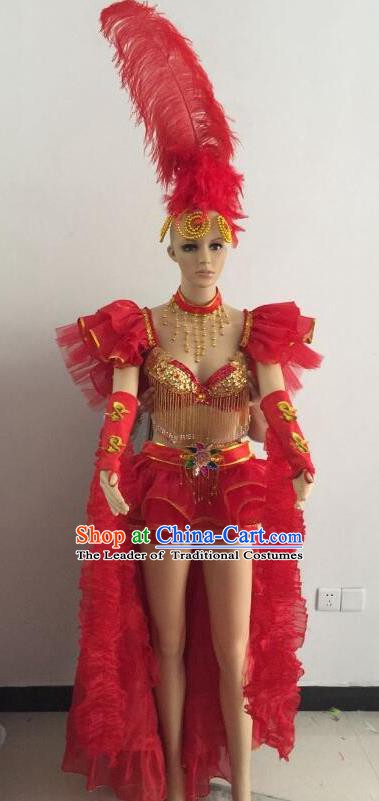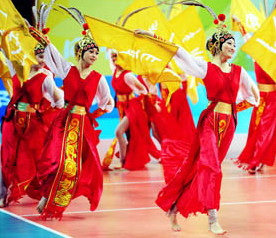
Click Related Pictures for More Audios:
Chinese opera is a treasure of traditional Chinese culture, with a long history and rich connotations.
In various opera performances, costumes are an indispensable part, not only serving as decoration but also carrying rich cultural meanings.
Chinese opera costumes are famous for their unique design, exquisite craftsmanship, and rich colors.
The design of Chinese opera costumes is usually very particular, they must not only conform to the character's personality traits but also echo the plot.
For example, the Huadan costume in Beijing Opera is characterized by bright colors and gorgeous decorations, showing the feminine beauty and charm of women; while the Wu Sheng costume emphasizes strength and toughness with black as the main color.
In addition, different types of operas have their own unique costume styles, such as Yueju Opera, Huangmei Opera, etc.
In the production process, many traditional handcraft techniques are used in Chinese opera costumes.
The first step is material selection, usually natural fibers such as silk, cotton fabrics are chosen as the fabric.
Then cut, sew, embroider and other craft processing are carried out, and finally dyeing and decoration are completed.
These processes require a long period of learning and practice to master.
In addition to the exquisite design and exquisite craftsmanship, Chinese opera costumes also carry rich cultural connotations.
They often reflect the social customs, historical background, and people's aesthetic concepts of that time.
For example, during the Qing Dynasty, the dragon robe of the emperor was often embroidered with dragon patterns, symbolizing the supreme status of imperial power; while among the people, colorful clothes were worn to celebrate festivals or joyous occasions.
In conclusion, Chinese opera costumes are an important part of traditional Chinese culture.
They are famous for their unique design, exquisite craftsmanship, and rich cultural connotations.
By appreciating and learning Chinese opera costumes, we can better understand China's history, culture, and social customs.
